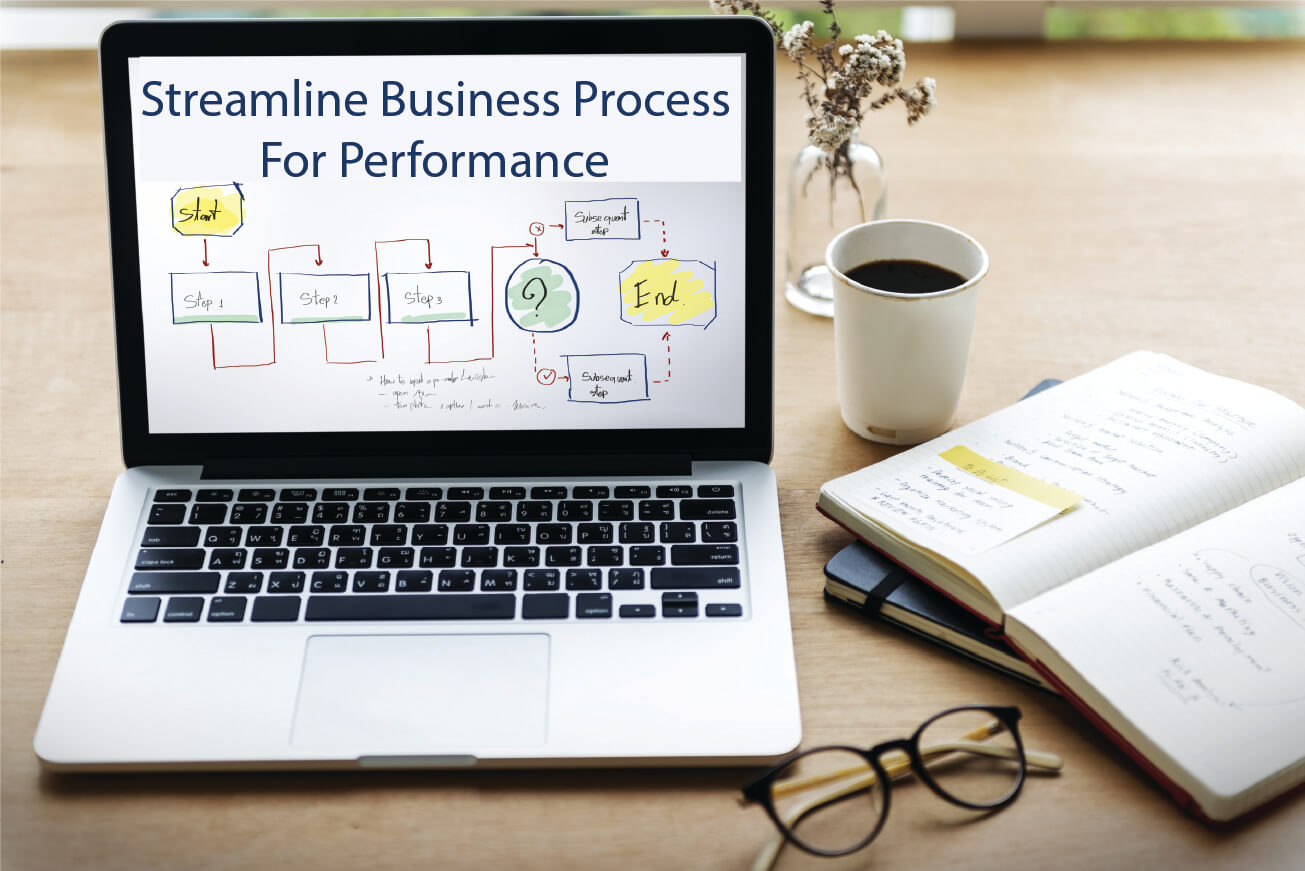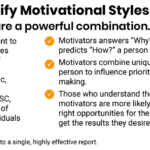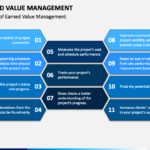Outdated and inefficient business processes can be a real drag on an organization. Don’t let them hold you back. It’s time to upgrade your operations so you can reach greater heights of success.
Streamlining gives you the chance to optimize existing workflows, analyze the current practices, and introduce new ones that support growth. Organizations can significantly benefit from improved performance by breaking down the process into smaller steps, prioritizing work, and testing new approaches.
Get ready to reduce time spent on menial tasks and free up resources for worthier pursuits. Let’s set your business off on the right footing. It’s time to streamline processes and workflows.
What is the Streamlining Process for Business?
Streamlining processes is a powerful way to boost the performance of your business. Cutting unnecessary work and implementing effective strategies lets you identify improvement areas and unlock your organization’s potential.
The benefits of streamlining processes are far-reaching. Improving workflow efficiency and increasing productivity can help businesses unlock their true potential.
Top Streamlining Processes for Optimal Business Performance
By streamlining and optimizing processes, businesses can reduce costs, increase efficiency, and improve customer satisfaction. The following are some of the best ways to streamline processes that can help you run your business more efficiently:
Analyze the Current Processes
Analyzing an organization’s current processes is one of the first steps in achieving optimal business performance. It is important to understand how activities are currently being completed and what processes need to be improved or eliminated to achieve greater efficiency.
To do this, managers should consider all aspects of the operations, including workflow, operational management, people management, technology utilization, and financial systems.
Organizations can create targeted strategies to improve process outputs while reducing waste by understanding the current state and what needs improvement.
Optimizing Business Processes
Optimizing existing business processes is essential for increased productivity and improved customer satisfaction. Process optimization aims to simplify activities by eliminating unnecessary steps or combining multiple activities into a straightforward task.
Organizations should also focus on automating tasks where possible; this allows for more accurate data collection and reduces time spent on mundane tasks freeing up employees for higher value-add activities.
Additionally, organizations should evaluate their technology stack and determine if current systems enable them to work smarter or need to invest in new tools to improve workflow automation and information management.
Identify Key Areas of Focus
Identifying critical areas of focus when optimizing processes is essential as it allows businesses to concentrate their efforts on those elements directly impacting performance outcomes.
When evaluating potential areas for optimization, it’s essential to consider factors such as process complexity, frequency of use, the cost associated with completing the process, potential cost savings from streamlining activities, etcetera.
Based on these assessments, businesses can focus on initiatives most likely to yield results quickly and maintain quality and customer service levels.
Introducing New Processes
Introducing new processes can be difficult but necessary if an organization wants to keep up with changing industry trends or customer demands. Before implementing any new process, organizations need to assess its impact on existing operations and determine if they need more resources.
Also, since new processes may require additional training, managers should ensure employees get enough training. Hence, they have a clear understanding of how changes will positively affect their job roles as well as overall organizational performance outcomes.
Break Down the Process
Streamlining processes is all about breaking down the current process into its parts for optimal business performance. This breakdown allows teams to understand how each step within the process contributes to a successful outcome.
Through the process breakdown, teams can identify potential improvement areas and make an action plan to streamline everything. Also, breaking down a process allows teams to develop testable hypotheses about what should be changed.
With these data-driven insights, teams can make recommendations and implement changes that have positively impacted business performance.
Prioritize Work Processes
Once teams have broken down the current work process, they can prioritize which strategies need attention first. Teams may focus on high-priority processes first or aim to improve those processes requiring more resources and time while still delivering high-quality outcomes.
Prioritizing work processes also makes teams more efficient by reducing redundant work or tasks that do not add value. For example, suppose a particular task is taking up too much time. In that case, a team might outsource or automate it to focus on other parts of the business where their expertise is more valuable.
Review and Documentation
After prioritizing which processes need attention, teams should review those processes thoroughly to find weaknesses or potential improvements. During this review process, teams must document every step of their analysis to track progress and monitor results.
During this stage of streamlining processes for optimal performance, teams should also note any feedback from customers or stakeholders, as this information can help inform future decisions related to improving the overall efficiency of their workflow and operations.
Test New Processes
The final step when streamlining processes for optimal performance involves testing out new approaches or changes before implementing them company-wide or making them available externally (e.g., customer-facing applications).
During this stage, teams must continuously measure results to determine whether their new approach improves overall performance before rolling out changes across all departments within an organization or with external audiences/users/customers.
When implementing new approaches, organizations need reliable data to measure their success. This could include industry metrics and customer feedback which can be used to ensure accurate results, decision-making, and reporting during the testing phase of optimization efforts.
Analyze Final Outcomes
Analyzing the outcomes of all activities is a critical first step. This means taking the time to evaluate each process’s effectiveness and identifying possible improvement areas.
Adopting a data-driven approach is also essential for ensuring that decisions are based on facts rather than assumptions or guesswork. Through this analysis, businesses can gain insight into what processes are working effectively and which need refining to improve overall efficiency and effectiveness.
Adjust & Refine
Once businesses have analyzed their outcomes and identified key strengths and weaknesses in their processes, they must decide which adjustments to optimize performance.
This could involve changing existing workflows or introducing new tools or technologies for improved efficiency and productivity. For example, you can automate data entry or marketing campaigns.
It allows businesses to stay ahead of the curve by staying ahead of customer trends and anticipating industry developments before they happen elsewhere.
The Benefits of Streamlining Processes and Workflows for Business
Streamlining processes and workflows can bring numerous benefits to any business, such as:
Increased Cost Efficiency: When you streamline processes, businesses can save money on overhead and labor costs by reducing the need for additional staff or resources. This will help them remain competitive while still providing high-quality service.
Improved Customer Satisfaction: Businesses that streamline their processes and workflows can better meet customer needs quickly, efficiently, and accurately leading to improved customer satisfaction.
Improved Productivity: Streamlined processes and workflows allow for faster task completion, resulting in higher productivity levels for the business. This allows them to handle larger workloads with fewer resources while still providing high-quality products or services.
Improved Communication: With streamlined processes and workflows, businesses have an easier time communicating information between departments, leading to faster decision-making and improved coordination between departments and employees.
Improved Employee Adoption: By streamlining processes and workflows, businesses make it easier for employees to quickly learn new tasks or projects. This leads to increased motivation among staff members while improving operational efficiency simultaneously.
Better Time Management: Streamlining processes and workflows enables businesses to manage their time more efficiently. It allows them to move on from one task or project to another without wasting valuable time on unnecessary steps or procedures.
Minimize Risk & Errors: With clear-cut process flows, businesses can avoid costly mistakes or mishaps when steps or procedures don’t follow correctly, which results in fewer risks down the line.
Ignite Business Performance with Streamlined Processes
Streamlining processes is an excellent way to improve the performance of your business. By taking a step-by-step approach and implementing key strategies, you can quickly identify opportunities for improvement.
Break down larger processes into smaller tasks, prioritize work that needs immediate attention, review, and document for accuracy, and test new procedures before introducing them into everyday operations. Keep analyzing outcomes and refining as needed until desired results are achieved.
By streamlining processes, you’ll be able to cut costs while improving overall quality assurance standards. Get streamlined workflows for optimal performance today and unlock your organization’s potential.
I’m Terry Taylor, a heart-centered, masterful coach, an organizational development psychologist, a business consultant and a lean six sigma black belt serving clients since 1991.
I serve highly successful people and those who are feeling frustrated, anxious, and unsure, they’ve been whipped around by outside forces with no end in sight and they’re afraid of giving up or giving in.
With my help people source courage in the face of fear, they are fully engaged in the present, they have a better relationship with themselves and with others, they are more effective decision-makers and they are more effective at everything they do.
The words they need to direct, connect, correct and inspire others flow easily from their heart because they’ve done the work to know who they are, what they want, and where they’re going.
They master self-awareness and clarity and operate with massive confidence.
They find their safe harbor working with me, where they’ll get the tools and strategies and the leadership and mindset coaching to invest in their mindset and make their vision for their business and life come true.
Here’s my calendar link. Let’s hop on a zoom call and see if working with me could be a benefit. Click this link and choose a 60 minute time slot that works best for you.




